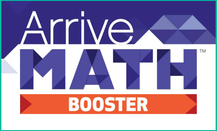
This could include things such as inclusion classrooms, blended learning and personalized learning environments, math workshops, and traditional differentiation situations. Arrive Math Booster is licensed at the student, classroom, or building level and integrates with most common school authentication systems.
Overall, Arrive Math Booster is designed to help K-8 students develop core math skills through a variety of activities and lessons, that can associated with most existing math curricula. For each K-8 CCSS math standard, Arrive Math Booster offers a module of resources that are designed to help teachers differentiate instruction. You can view the complete list of modules and scope of content here. In addition to being CCSS-aligned, each activity is also aligned with the Bloom’s Taxonomy levels.
Each module contains digital mini lessons and hands-on lessons covering the specific skills associated with the module’s standard. Typically, the digital lessons include videos and animations to introduce the concept, and then scaffolded activities to teach about the concept.
At the end of these activities, students complete a formative assessment to check their level of understanding, which the system and teacher can then use to further differentiate.
The hands-on lessons are meant to offer a physical alternative to these digital activities, where students can use actual manipulatives to practice and learn skills. The blackline masters are included so teachers can print resources on demand. As for actual manipulatives, the team utilized common manipulatives and classroom objects that teachers likely already have in their classroom. This way, there is no cost for additional kits and teachers can use what they already have on hand.
In addition to the digital mini lessons and hands-on lessons, Arrive Math Booster also includes board games that can be played in class to help reinforce skills. Overall, the curriculum includes 54 different games, all of which align with the same CCSS standards as the lessons and activities. The board games also include modifications, so that students with different needs can all play.
On the teacher side, you have complete control over what lessons and resources you use and assign out to students, and you can customize the curriculum from your dashboard.
Teachers can also preview student lessons, and choose whether or not to launch a lesson for a whole class/small group, or send it out to students to work on individually.
PDFs of needed resources are also included for each lesson as are additional resources like the “Guided Support” pages, which walk teachers through a step-by-step delivery of the lesson if needed.
As students move through the digital lessons, teachers can also monitor progress and understanding through their dashboard. Teachers have access to Activity and Standards Reports both by class and by student. These reports allow teachers to quickly run an item analysis and monitor progress on through Arrive Math Booster activities.
Admin Reporting reports on Activity, Progress, and Standards performance beyond the class level. The Admin Reports offer interactive reports that provide meaningful insights at the student, class, and school level. The reports are available to district admins, school admins, and teachers with the required permissions.
In terms of pricing, Arrive Math Booster student subscriptions are about $5.00 per student per year. Teacher subscriptions are $30 per year. The Arrive Math Booster Games Kit is a one time per classroom purchase of $300, and provides two sets of all 54 games K-8 in one kit. Volume and multi-year discounts are available.
For professional development, all teachers have access to Digital Walkthrough Videos and an eLearning Course to learn about Arrive Math Booster, how to use it, and where to find resources. In general, the team recommends that a minimum of 2 hours of initial implementation training is needed to get set up and familiar with how to use the digital course.
My only major critique, is that teachers cannot preview the activities or learning resources from the student preview mode. Teachers are only provided with a visual preview of what a student’s lesson will look like, and don’t have the ability to actually launch any of the activities. You can still preview the activities when you’re choosing to add them into a lesson, but I think it would be beneficial to be able to preview everything once you have it all put together as well.
My other, more minor critique, is that if you are using systems outside of McGraw-Hill (like gradebooks and an LMS), then there may be a lot of overlap between the Arrive Math Booster system and what you’re already using. McGraw-Hill’s system includes a gradebook, assignment creation and delivery, and other settings that are typically handled within an LMS. Because of this, I could see it being some additional work for teachers and students to learn this new system, if they’re only wanting to use it occasionally to provide additional support lessons and resources. That being said, they do make it easy to print out resources to use in the classroom, which could be one way around that.
Overall, Arrive Math Booster contains an excellent collection of CCSS-aligned resources for K-8 math students. The amount of time that went in to providing modifications for students with various needs is wonderful to see, as are the wide variety of digital lessons, hands-on activities with manipulatives, and board games. For those schools looking for a math solution to help support differentiation and personalization, especially one that can be used to supplement your existing curriculum, you can contact your local McGraw-Hill Education Sales Representative and/or ask for their three months pilot opportunity option for teachers, schools, and/or districts interested in trying out Arrive Math Booster.
I was not compensated for writing this review.

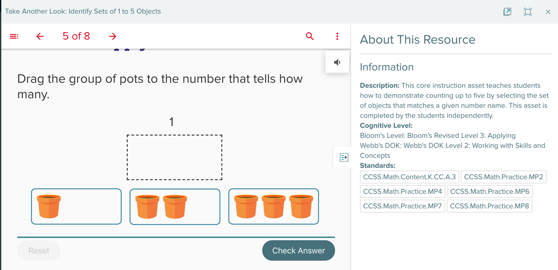
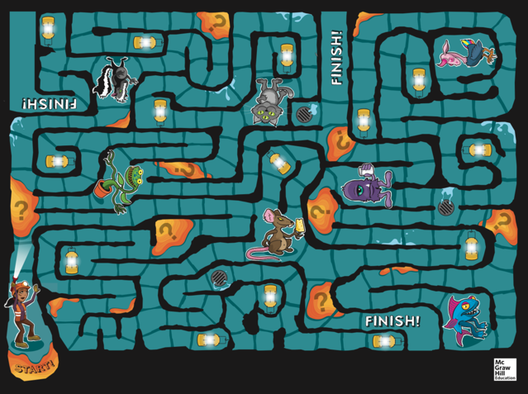
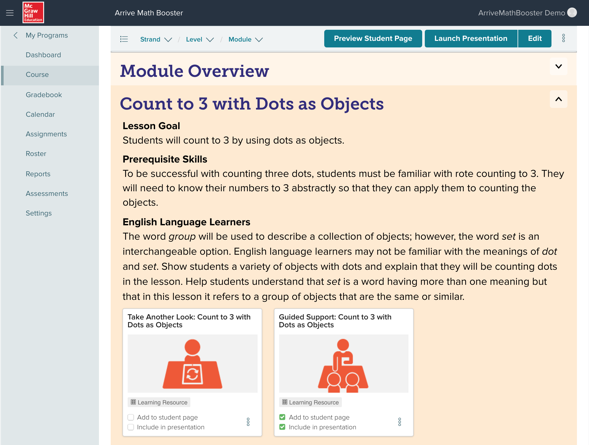
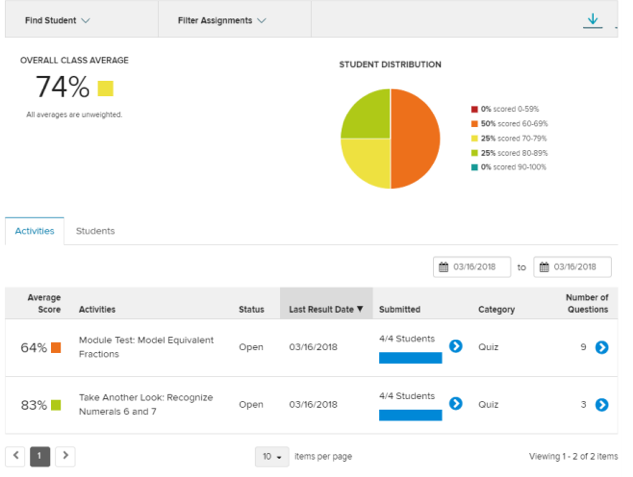



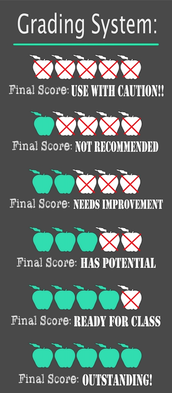





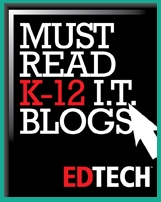
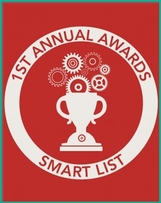
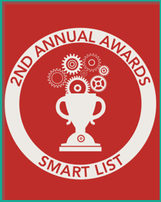


 RSS Feed
RSS Feed
